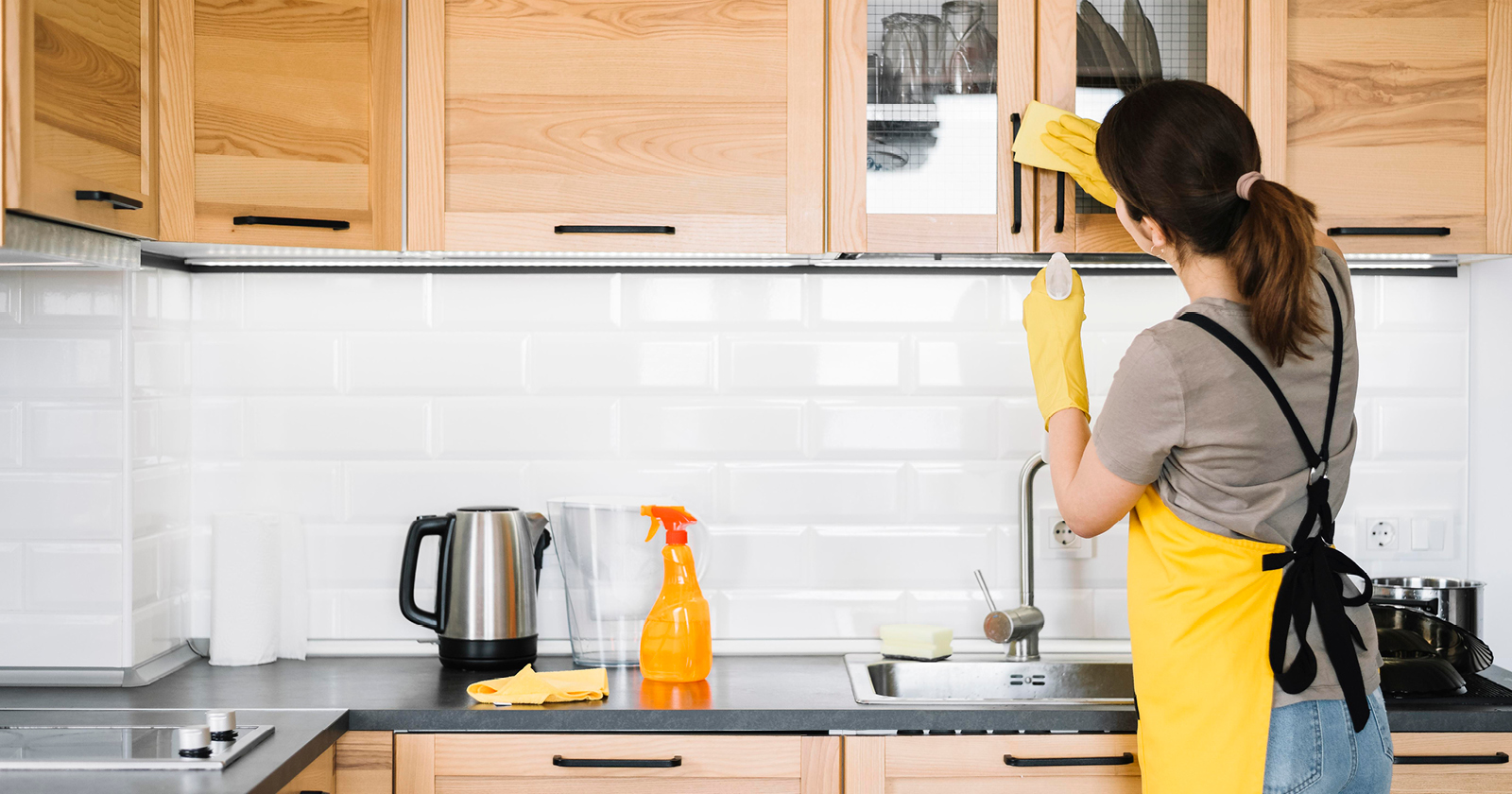As oppressive summer heat continues to affect many parts of the country, homeowners are faced with the challenge of keeping their houses cool. Air conditioning provides much-needed relief, but for those who don’t have it (or for those who would like to manage their energy costs), there are other effective and efficient ways to make indoor temperatures more comfortable. Here are five strategies for beating the heat without relying solely on air conditioning.
- Let the fresh air in. Making use of natural ventilation can significantly reduce the temperature inside your home. During the cooler hours of the day, open your windows to create cross-ventilation and allow fresh air to flow through your home. (If you don’t have window screens, consider installing them to keep insects coming in with the air.) If you have ceiling fans, turn those on as well; used in conjunction with open windows, they can help enhance air circulation.
- Block out the sun. Direct sunlight can quickly make your home uncomfortably warm. Keep blinds, curtains or shades closed during the hottest parts of the day, and consider investing in heat-reflective window films or blackout curtains that are designed to minimize heat from the sun.
- Landscape wisely. A little bit of strategic outdoor landscaping can go a long way in terms of natural shade and cooler indoor temperatures; plant trees and shrubs on the sunny side of your house to create a natural barrier against sunlight. Trees whose leaves fall in the autumn are a great choice, because they offer shade in the summer while also allowing sunlight to filter through during the colder months.
- Insulate properly. Proper insulation minimizes heat or cold transfer through walls, ceilings and floors, so a well-insulated home saves you money and also keeps temperatures more comfortable – both in the summer and in the winter. Make sure the insulation in your attic and walls is up-to-date and properly installed. It’s an investment that will pay off in the long run.
- Build – and design – with cool materials and colors. Certain building materials and color choices can have a significant impact on your home’s temperature. Roofing materials with high solar reflectance (synthetic, slate and specially made solar-reflecting shingles, for example) help reduce heat absorption, as do lighter-colored exterior paints. Inside, opt for light-colored, natural materials on surfaces to keep things cooler.
A comfortable living environment is essential for your health and well-being. By implementing these five strategies, you can keep your house cooler without relying only on air conditioning – while also being more friendly to the environment (and your budget).



